We had ‘yum-yums’ (don’t ask!) for breakfast on a chilly bench at Kings Cross watching the Eurostar pull in; then it was away on the Metropolitan Line up to Uxbridge for lunch, and back to Ruislip Station and a bus out to Ruislip Lido…
Ruislip Lido is a reservoir and artificial beach in Ruislip.
Originally opened as a feeder reservoir for the Grand Junction Canal in 1811, the reservoir was reopened in 1933 as a lido, with facilities for swimming and boating.
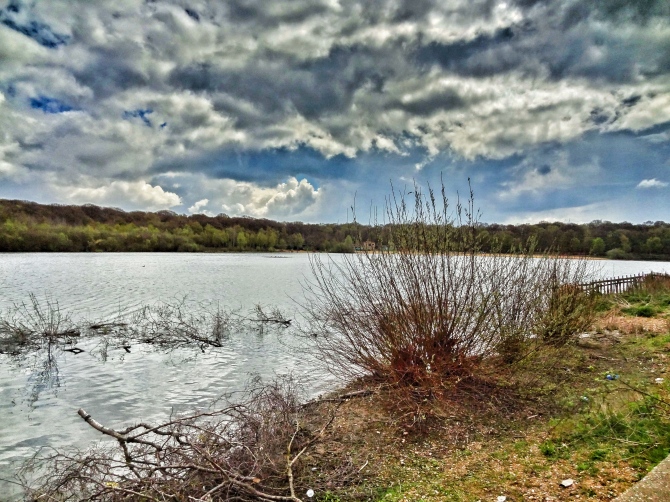
The Grand Junction Canal Company purchased 61.5 acres of Park Wood from Kings College, Cambridge, 56 acres of land from the commissioners and 35 acres of the cottages and gardens of the hamlet of Park Hearne. The valley that the land covered was then dammed and flooded.
The reservoir was opened on 5 December 1811 as one of the feeder reservoirs for the Grand Junction Canal by engineer John Rennie and constructor Hugh Mackintosh. The link to the canal did not fulfil its intended purpose, since the water rapidly became polluted by the land and was eventually stopped as a feeder in 1851.
The canal (now renamed the Grand Union Canal) is located some distance to the west and a culvert was built to convey water to the canal at Hayes Bridge, seven miles from the Lido. Some of the route was underground and parts have since been built over. Part of the route includes a little known aqueduct which carries the canal feeder over the River Pinn near Woodville Gardens.
The reservoir was developed as a lido by the Grand Union Canal Company in 1933, with an Art Deco style main building designed by George W. Smith together with an area reserved for swimming. The formal opening was by the Earl of Howe in 1936. The building included a cafe and changing rooms, and featured a terrace with steps leading into the enclosed swimming pool. The pool was built with a concrete base, and jetties on either side, but was open into the lido.
Rowing boats were available for hire, with boathouses on the western side of the reservoir. An enclosed boating area for children was later constructed. The reservoir became a popular location for water-skiing, and televised championships were often held there. One of the Ruislip Water Ski Club’s founding members was the former Doctor Who actor Jon Pertwee.
The Ruislip Yacht Club became based at the lido, using the Graduate and Solo dinghy types. In the 1970s, the reservoir water level was artificially lowered to prevent the flooding of nearby housing, making it unsuitable for yachting.
In addition several films were made there, including The Young Ones with Cliff Richard and A Night to Remember, where the large model of the RMS Titanic “sank on film”
Having fallen into a state of disrepair during the 1970s and 80s, the Lido has since undergone renewal works, and was the subject of an enhancement project unveiled by the London Borough of Hillingdon in January 2010. The project would involve the return of boating and swimming in the reservoir, which had previously not been possible due to pollution and an artificially low water level.
The reason we were there today was neither the water nor the other rather faded attractions at the water’s edge; but for the railway.
The 12ins. gauge railway was built in 1945 by the Grand Union Canal Company as part of Ruislip Lido development, with short trains hauled by the Atlantic-type steam locomotive, Prince Albert.
[Now there’s diversification for you!]
Built along the south-east shore of the reservoir, where a beach had been created, control of the Lido passed to Ruislip-Northwood Urban District Council (RNUDC) when the Grand Union was nationalised in 1948 to become part of British Waterways.
One or two people normally staffed the line with major work contracted out. Prince Edward was replaced by a petrol-electric locomotive in 1959.
The RNUDC became part of the London Borough of Hillingdon in 1965. Subsequent neglect of the Lido, as well as its entrance fees, reduced visitor numbers. In the mid-1970s the original locomotive broke down and a new one was purchased from manufacturer Severn Lamb. It did not run for long due to a 1978 accident, which injured several people. The railway was then shut and soon began to display signs of dereliction.
In 1979, the Ruislip Lido Railway Society was established to take on the running of the railway and the line reopened ready for the summer of 1980. Keeping the line open became a struggle, with either too few passengers to pay for fuel or too many for the trains to accommodate comfortably. Despite this, work commenced on an extension around the lido to the main car park. Leaving the circuit near where the accident happened, the line carried on through woodland to Eleanor’s Loop.
A new locomotive was ordered from the Ravenglass and Eskdale Railway (R&ER) in Cumbria, and named Lady of the Lakes. Lady of the Lakes entered service just before the new station opened, equipped with newly designed carriages built in the railway’s workshops. The line was extended again to Haste Hill, which involved the construction of cuttings, embankments, steep gradients and tight curves.
In 1990, a new and more powerful locomotive was purchased from Severn Lamb and Haste Hill station opened. Ballast for maintenance began to be carried on the railway using appropriate rolling stock. A storage shed was built alongside the carriage shed and a workshop in the yard at Woody Bay. Woody Bay station received a ticket office, and a control room, and the platforms were extended. A water tower was also built in preparation for the arrival in 1998 of a new steam engine, Mad Bess. The third extension from Haste Hill to the lido entrance opened in the same year.
A new diesel locomotive arrived from Severn Lamb in 2003, followed by an identical one the following year.

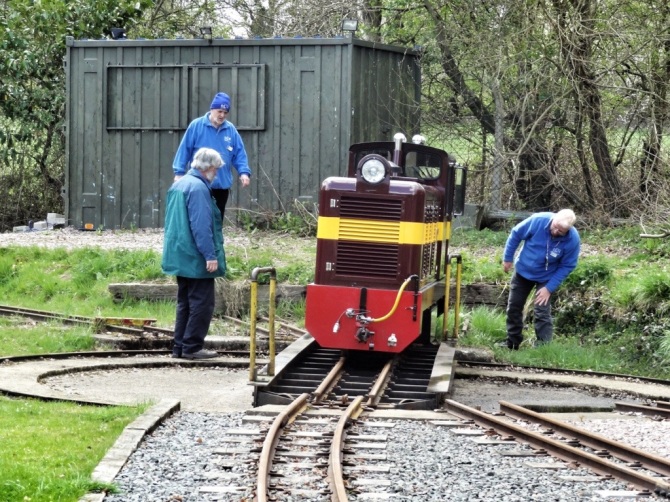
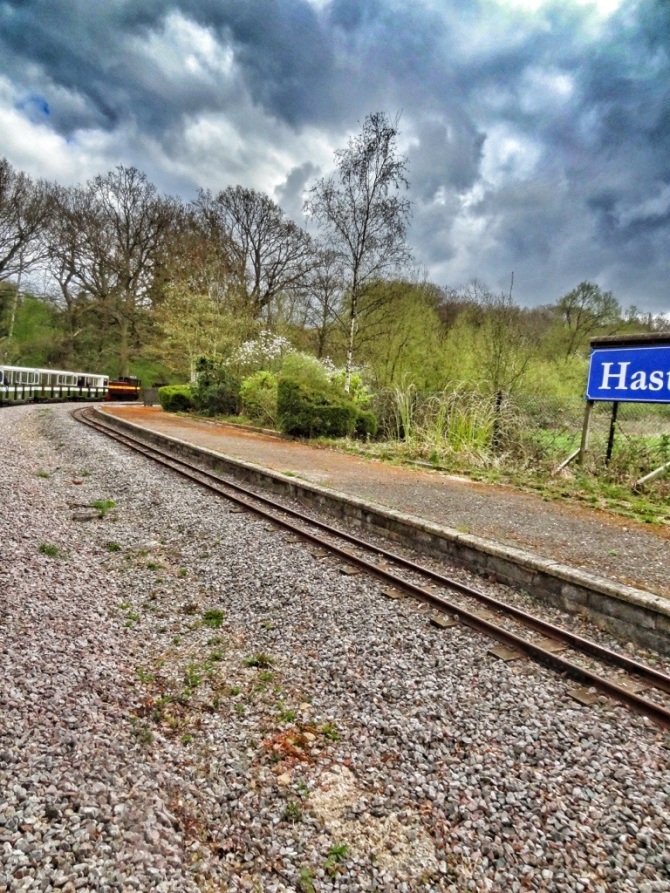

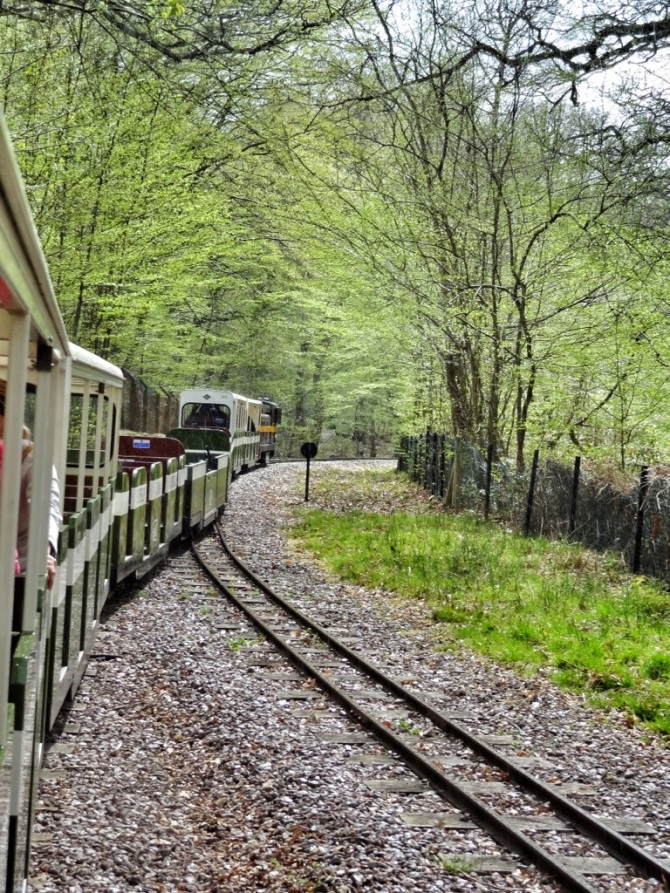
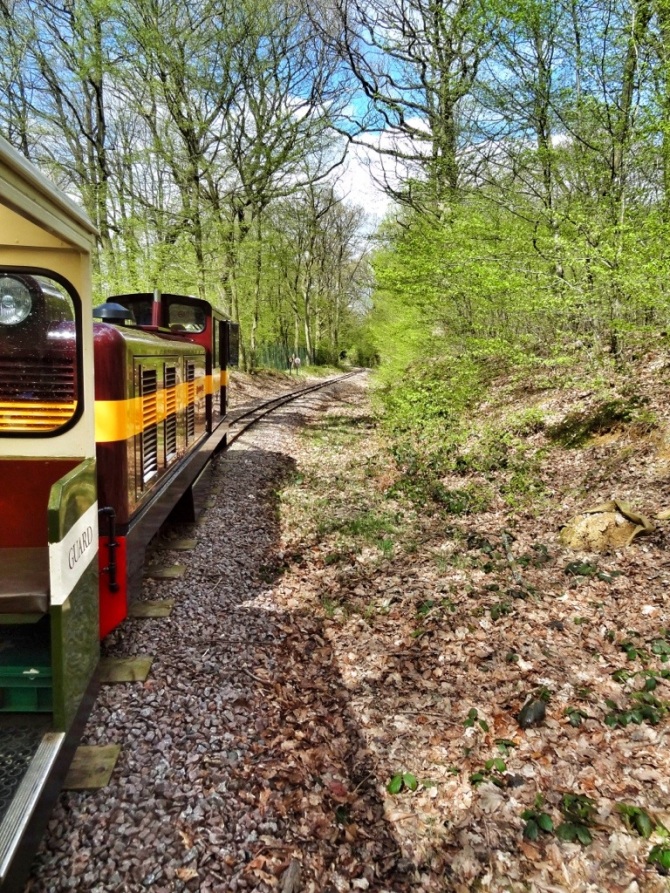
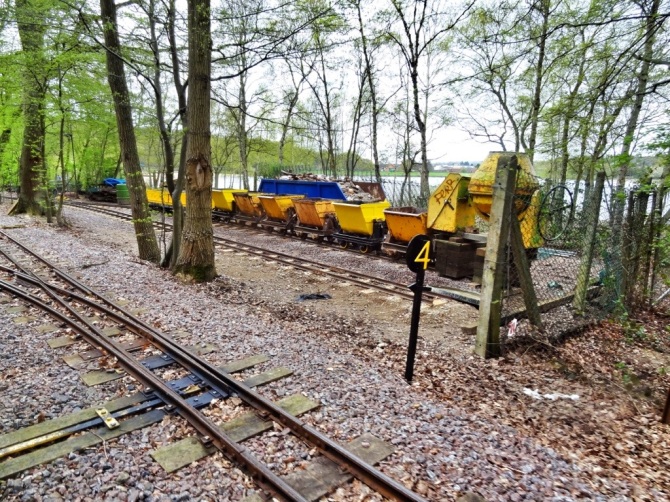
All round, whatever the weather, the Lido Railway is well worth a visit. Just a couple of pounds for a return ticket and the volunteer staff, who run the railway, are really friendly and always guarantee a warm welcome.
Trip down memory lane – brought up in Eastcote in 40s and 50s and often went to Ruislip Lido and on the train
Ian Gawn
LikeLike
I was brought up until age 11 in Northolt in the 40’s to 50’s and spent many happy afternoons at Ruislip Lido. At the beach with my parents
LikeLike